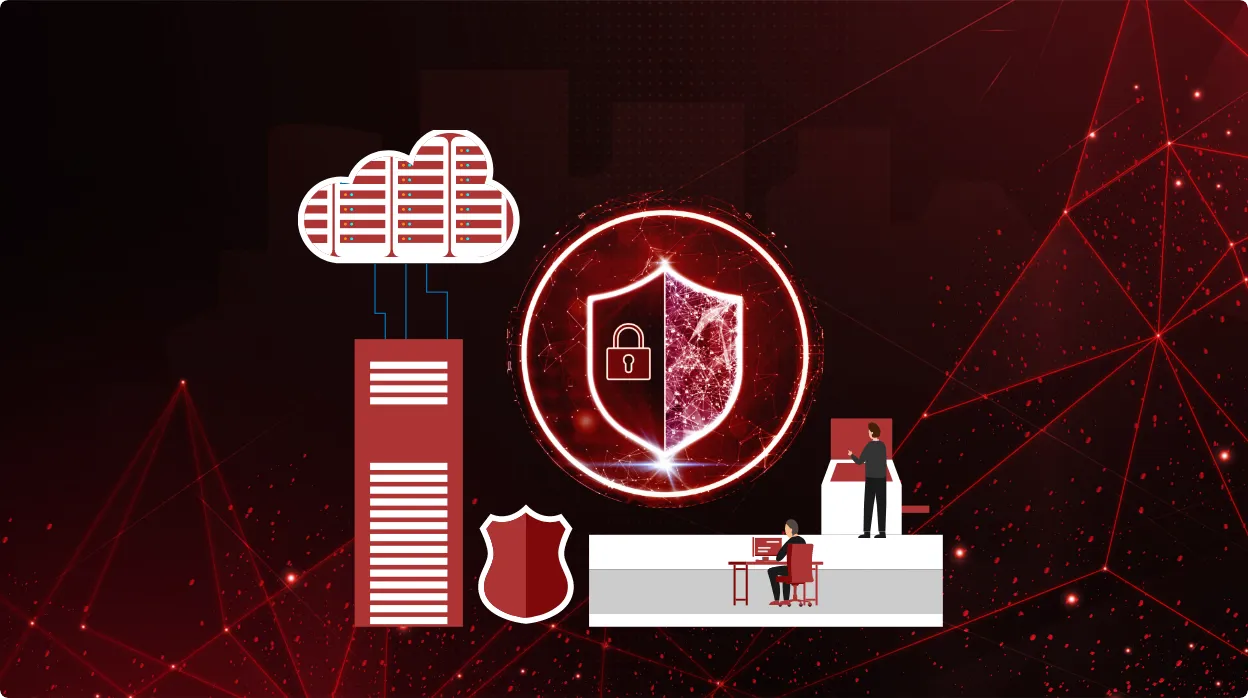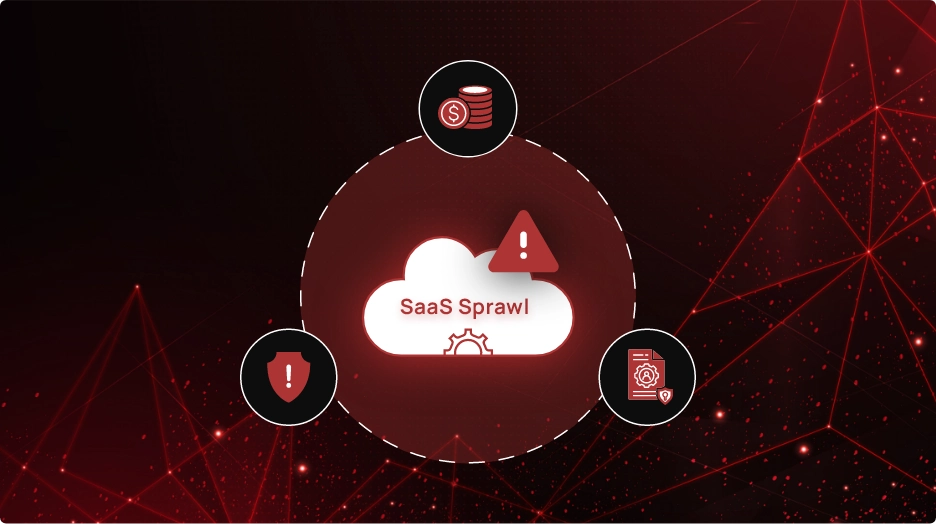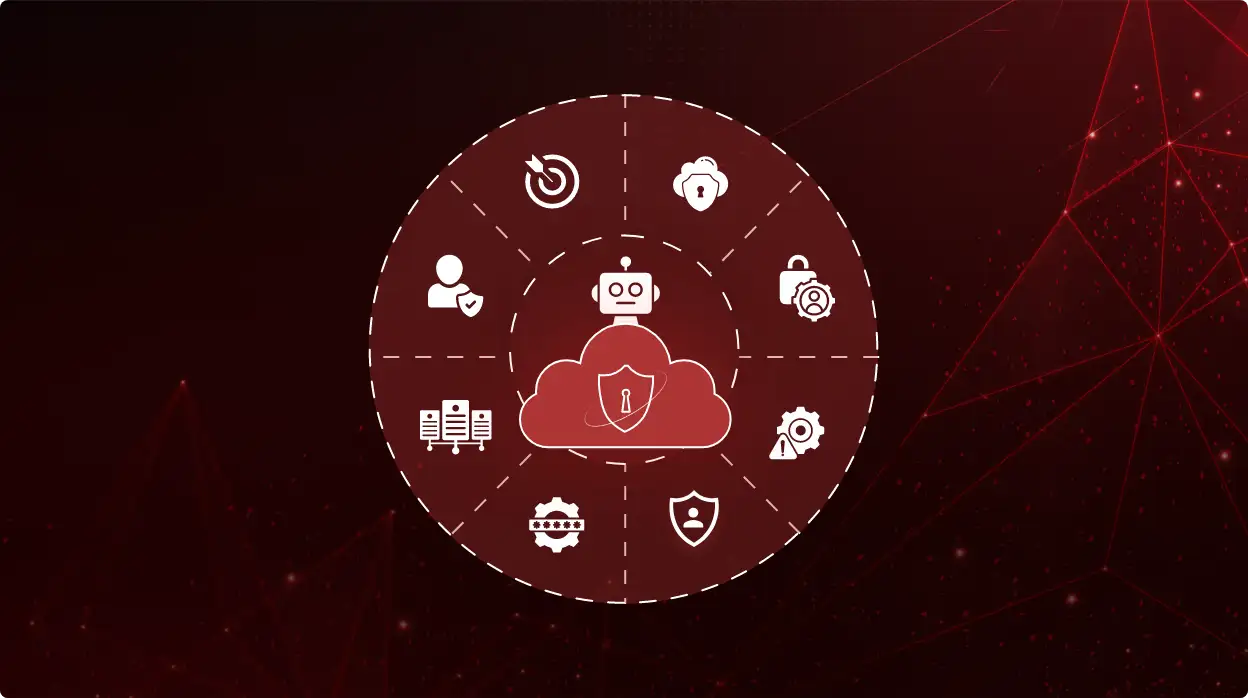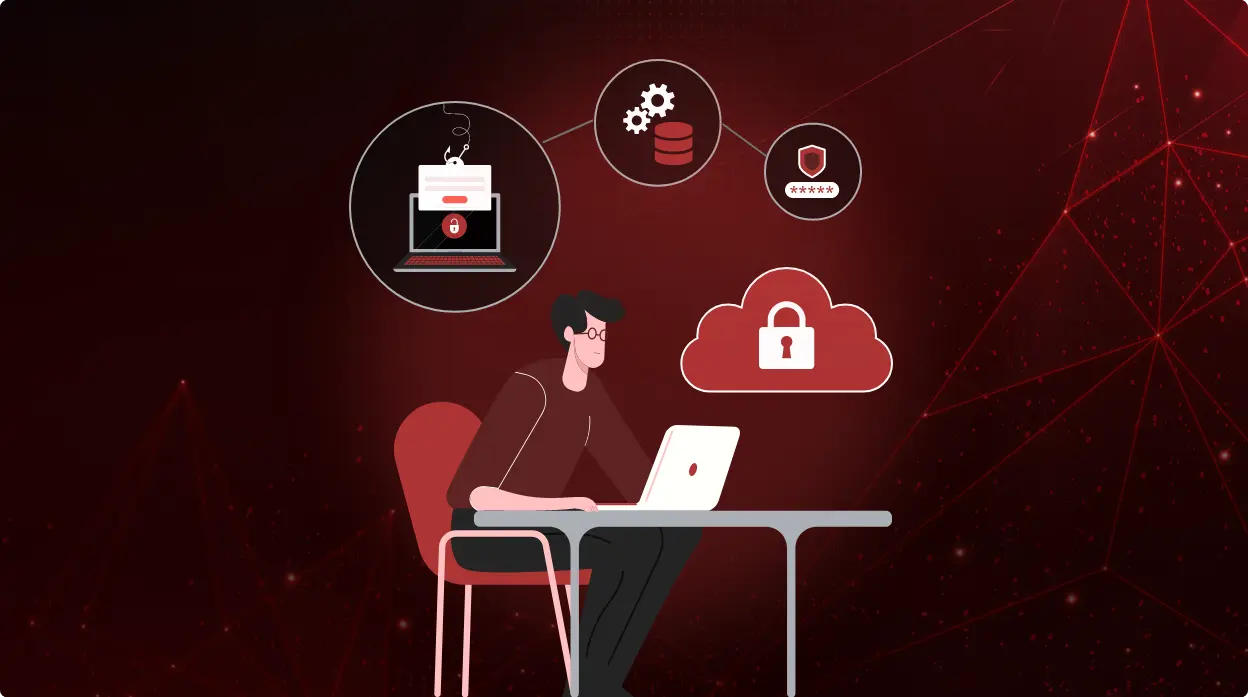What is Kubernetes Security Posture Management?

Kubernetes, often abbreviated as K8s, provides a robust platform for automating the deployment, scaling, and management of containerized applications across clusters of servers. As organizations increasingly adopt cloud-native technologies to drive agility and scalability, Kubernetes has emerged as the de facto standard due to its ability to orchestrate complex microservices architectures efficiently
Understanding Kubernetes Security Posture Management
Kubernetes Security Posture Management (KSPM) refers to the set of practices and tools designed specifically to enhance the security of Kubernetes environments. It focuses on identifying and mitigating risks that are unique to Kubernetes clusters, ensuring that applications and data within these clusters remain protected from potential threats and vulnerabilities.
Key components of KSPM include:
- Policy definitions: KSPM begins with establishing comprehensive security policies. These policies define the desired security posture for Kubernetes clusters, specifying rules for access control, network policies, and data encryption. Policies can be tailored to fit organizational needs or regulatory compliance requirements.
- Monitoring: Continuous monitoring is critical in KSPM. It involves real-time tracking of Kubernetes clusters to detect any deviations from the defined security policies. Monitoring tools provide visibility into cluster activities, identifying unauthorized access attempts, misconfigurations, or suspicious activities promptly.
- Compliance enforcement: KSPM ensures that Kubernetes deployments comply with industry standards and regulations such as GDPR or HIPAA. It enforces compliance by conducting regular audits, generating compliance reports, and automatically remediating any non-compliant configurations.
Importance of Kubernetes Security Posture Management
Kubernetes Security Posture Management (KSPM) is essential for addressing Kubernetes’ unique security challenges. It ensures proper Role-Based Access Control (RBAC) settings to prevent unauthorized access and privilege escalation. KSPM also secures Kubernetes pods by enforcing policies on container capabilities and network access, guarding against breaches and data exposure.
KSPM reduces risks from configuration errors by continuously monitoring Kubernetes environments and promptly alerting administrators to deviations. It integrates vulnerability assessments to patch known Kubernetes component vulnerabilities, enhancing cluster resilience against emerging threats. Moreover, KSPM automates compliance checks to align with regulations like HIPAA and GDPR, simplifying audit processes and ensuring regulatory adherence without manual effort.
Implementing Kubernetes Security Posture Management
Setting up security policies
Setting up effective security policies tailored for Kubernetes clusters is crucial to maintaining a secure environment. Here are the steps to establish these policies:
Define security objectives: Start by identifying the specific security objectives that your Kubernetes deployment needs to achieve. This could include access control, network policies, encryption requirements, and compliance with industry regulations.
Baseline security standards: Utilize industry best practices and guidelines to establish baseline security standards. These standards serve as a foundation for your security policies and help ensure that your Kubernetes environment meets minimum security requirements.
Customize policies: Tailor security policies to fit the unique needs of your organization and Kubernetes setup. This customization may involve configuring role-based access controls (RBAC), defining pod security policies, setting up network policies to control traffic flow, and implementing encryption for sensitive data.
Automate policy enforcement: Leverage automation tools to enforce security policies consistently across your Kubernetes clusters. Automation helps reduce human error and ensures that security configurations remain in compliance with established standards.
Continuous monitoring
Continuous monitoring is essential for detecting deviations from established security policies in real time. Here’s why it matters:
Real-time risk detection: Continuous monitoring enables immediate detection of vulnerabilities that may result in unauthorized access attempts, configuration changes, or anomalies that could indicate a security breach.
Behavioral analysis: Continuous monitoring helps identify suspicious activities that may indicate a potential threat by analyzing the behavior of applications and users within Kubernetes clusters.
Proactive risk mitigation: Prompt identification of security policy violations allows for quick remediation actions to mitigate risks before they escalate into security incidents.
Compliance auditing: Regular monitoring provides audit trails and logs that are essential for compliance audits. These logs document security events and actions taken, ensuring transparency and accountability.
Alerting and reporting
Effective alerting and reporting mechanisms ensure that security incidents and policy violations are promptly addressed. Here’s how to set up robust alerting and reporting processes:
Configuring alerts: Define thresholds and criteria for triggering alerts based on security policy violations, abnormal activities, or potential threats. Alerts should be clear, actionable, and prioritized according to severity levels.
Real-time notifications: Ensure alerts are delivered in real time to designated personnel or teams responsible for security operations. This allows for immediate response and mitigation of security incidents.
Detailed reports: Generate comprehensive reports on security posture, policy compliance, and incident response. These reports provide insights into the overall security health of Kubernetes clusters and support decision-making processes.
Continuous improvement: Use feedback from alerts and reports to refine security policies, update monitoring strategies, and enhance incident response protocols. Continuous improvement helps strengthen Kubernetes security posture over time.
CheckRed’s approach to Kubernetes Security Posture Management
CheckRed’s comprehensive approach to Kubernetes Security Posture Management (KSPM) is embedded within our Cloud Native Application Protection Platform (CNAPP). CNAPP seamlessly integrates KSPM alongside Cloud Security Posture Management (CSPM), Cloud Infrastructure Entitlement Management (CIEM), and Cloud Workload Protection Platform (CWPP). This integration ensures that organizations can effectively manage and secure their Kubernetes environments within a unified, cohesive framework.
With CheckRed, organizations can define tailored security policies specifically designed for Kubernetes clusters. These policies are then enforced across the entire environment, ensuring consistent security posture across all applications and workloads. Real-time monitoring and alerting mechanisms further strengthen this approach, promptly notifying administrators of any policy violations or security incidents within Kubernetes deployments.
CheckRed offers numerous benefits to organizations seeking to enhance their Kubernetes security posture:
- Holistic security management: By integrating KSPM within CNAPP, organizations achieve a holistic view of their cloud-native security landscape. This includes not only Kubernetes-specific security but also comprehensive coverage across all cloud services and applications.
- Simplified compliance: The centralized platform simplifies compliance efforts by automating adherence to regulatory requirements and industry standards within Kubernetes environments. This ensures that organizations remain compliant without the complexity of manual processes.
- Enhanced operational efficiency: Organizations can streamline security operations through automated workflows and remediation processes. This reduces the burden on IT teams and allows them to focus on strategic initiatives rather than reactive security measures.
- Scalable and future-proof: CheckRed’s solution scales with organizational growth and adapts to evolving Kubernetes security challenges. New features and updates ensure that organizations always have access to the latest tools and capabilities for effective KSPM.
By leveraging CheckRed’s comprehensive tools and capabilities, organizations can confidently manage their Kubernetes deployments with enhanced security, efficiency, and compliance readiness.


